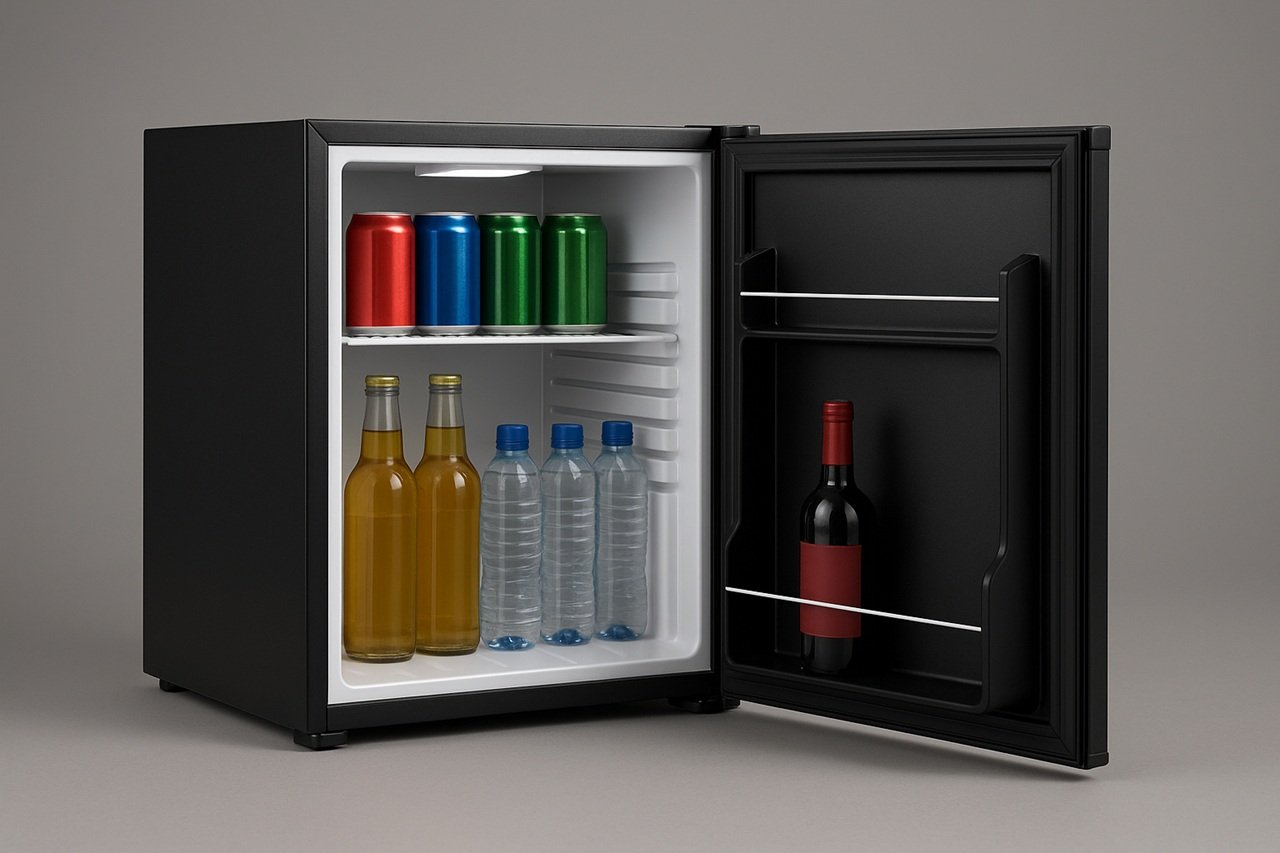The global minibar refrigerator market is projected to reach USD 180–350 million in 2025, with a compound annual growth rate (CAGR) of 3%–6% through 2030, according to a new report by Research and Markets. Growth is driven by increasing global tourism, rising demand for energy-efficient appliances, and expanding urbanization.
Minibar refrigerators are widely used in hospitality, residential, and office environments. The sector is benefiting from trends such as the rise in hotel revenues (up 7% in 2023), growth in e-commerce appliance sales (up 9% in 2024), and a projected increase in global urban population to 68% by 2050. Compact, silent, and energy-saving models are increasingly favored, especially in hotels and small urban residences.
By application, the hospitality segment is expected to grow by 3.5%–6.5%, with emphasis on quiet and eco-friendly models. Transportation and office applications are projected to expand by 2.5%–5.5%, driven by lightweight and compact unit preferences. Residential use in small apartments is forecasted to grow by 3%–6%, while other sectors, including medical, may grow by 2%–5%.
In terms of technology, absorption-type minibars—valued for silent operation—are expected to grow 3%–6%. Thermoelectric/Peltier units, suited for cost-effective use, are forecasted at 2.5%–5.5% growth, and compression-based models, known for higher performance, may grow 3%–6%.
Regionally, North America leads with demand from luxury hotels and compact homes. In Europe, countries like France, Italy, and the UK focus on energy-efficient models. Asia Pacific markets, including China, India, and Japan, see increased use in hospitality and urban living. Growth in the UAE and Brazil is driven by expanding tourism infrastructure.
Major players profiled in the report include Dometic Group, Haier Group, Electrolux, Summit Appliance, Whirlpool, Minibar Systems, HISENSE, Royal Minibars, Bartech, and Koolatron.
The report notes key opportunities in catering to 1.5 billion global travelers, growing energy-efficiency investments, and demand from emerging markets. Challenges include the high cost of efficient technologies, competition from larger refrigerators, and regulatory pressures on refrigerants.
The full study provides a regional breakdown, technology and application analysis, and company profiles through 2030.
Read More
